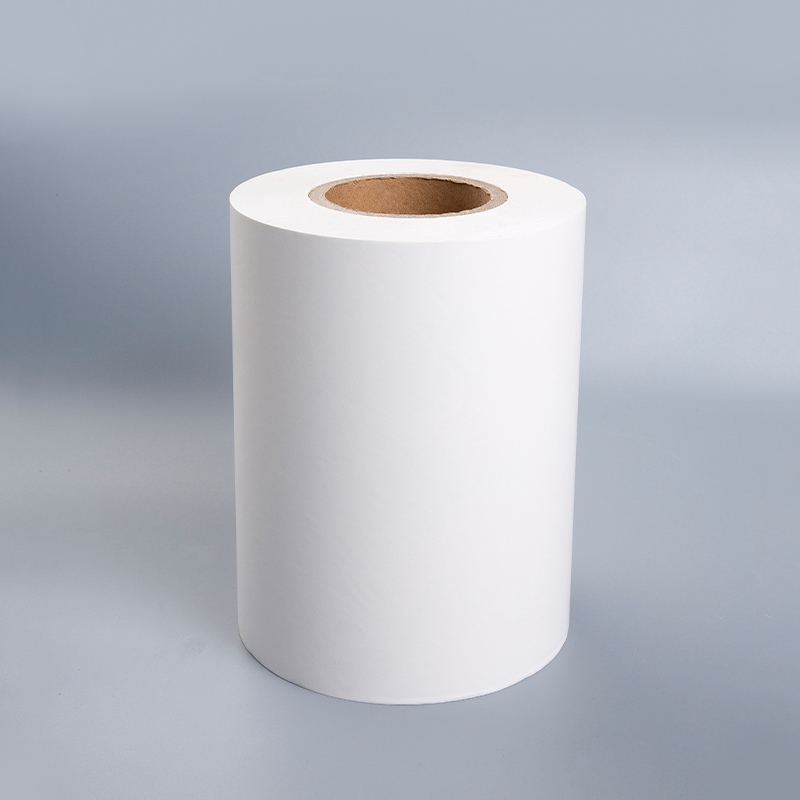Thermal synthetic paper is a type of paper that is specifically designed to be used with thermal printing technology. It is commonly used in applications where durability and moisture resistance are important, such as in labels, tickets, and receipts.
One of the reasons why thermal synthetic paper has a higher upfront cost is because of the manufacturing process and materials used. The process of creating synthetic paper involves blending polymeric resins and other additives to create a durable and heat-resistant substrate. These specialized materials can be more expensive than traditional paper materials.

In addition, the manufacturing process for synthetic paper is more complex and requires specialized equipment, which can also contribute to the higher upfront cost. The blending of materials, extrusion, and coating processes require precision and expertise.
Another factor that contributes to the higher cost of thermal synthetic paper is the printing equipment required. Thermal printers are designed to apply heat directly to the synthetic paper, which activates the dye or pigment and creates the image. These printers use thermal printheads that have tiny heating elements that selectively heat the paper to create the desired image or text.
Thermal printers can be more expensive than traditional printers, especially if they are specifically designed for use with thermal synthetic paper. These printers are often more robust and durable to withstand higher temperatures and usage requirements. They may also have additional features such as automatic cutting or label peeling.
However, it is worth noting that thermal printers do not require ink or toner cartridges, which can result in significant long-term cost savings. Traditional printers rely on ink or toner cartridges that need to be regularly replaced, adding to the ongoing cost of printing. With thermal printing, the only consumable required is the thermal synthetic paper itself.
When evaluating the overall cost of using thermal synthetic paper, it is important to consider the initial investment in specialized printing equipment. While there can be long-term savings on printing supplies, the higher upfront cost of thermal printers should be taken into account.
It is also important to consider the printing options available with thermal synthetic paper. While thermal printers are highly efficient and ideal for certain applications, they may have limited printing options compared to traditional printers. For example, traditional printers can offer a wider variety of colors and effects through different ink options, whereas thermal printers are generally limited to black or one-color printing.

 English
English Español
Español русский
русский











